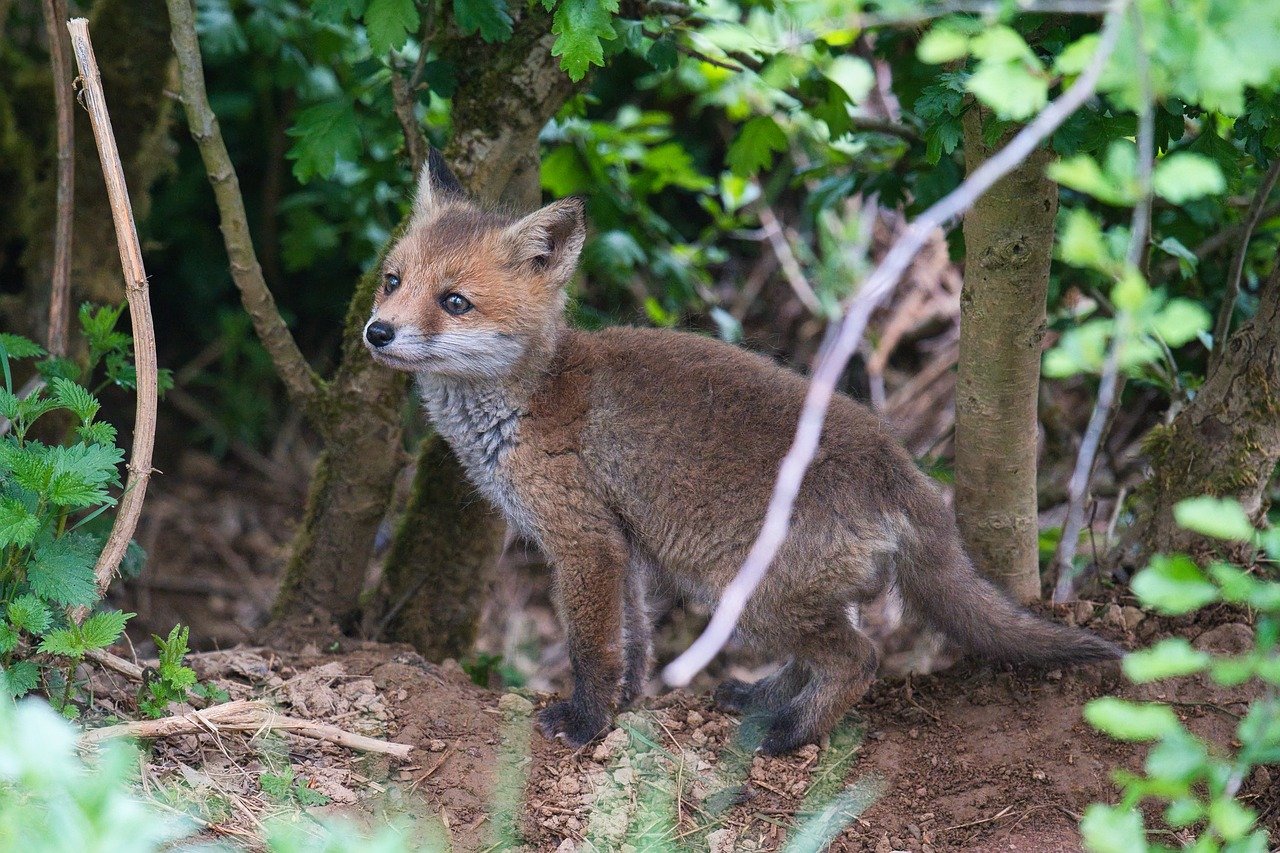Unveiling the World of Urban Foxes: A Tale of Adaptation and Survival
The urban fox, a symbol of cunning and adaptability, has become an increasingly common sight in towns and cities worldwide. This article delves into the fascinating history, current presence, and future implications of these creatures' urban colonization.

The Origin of Urban Foxes: An Evolutionary Journey
The red fox, Vulpes vulpes, has a history spanning millions of years, dating back to the Ice Age. Originally inhabiting forests and grasslands, these creatures have demonstrated remarkable adaptability, allowing them to survive and thrive in a variety of environments. The onset of urbanization in the 19th and 20th centuries presented a new habitat that the foxes quickly colonized, attracted by the abundant food sources and shelter.
The Current State: Urban Foxes Today
Presently, urban foxes are a common sight in many cities across the globe, from London to Sydney. They are primarily nocturnal, with activity peaking around dawn and dusk. They have a varied diet, including rodents, fruit, and human waste, making urban environments a veritable feast. Despite their presence, they remain wary of humans, often living unnoticed in our midst.
The Urban Fox Market: Impact and Implications
While not directly market-related, the presence of urban foxes influences various sectors, including pest control and wildlife conservation. Pest control companies, for instance, might see an increase in demand due to fox-related issues. On the other hand, wildlife conservation organizations may benefit from increased public interest and donations for initiatives focused on urban wildlife management.
The Research: Fact-checking Fox Myths
Despite their visibility, urban foxes are often misunderstood, with myths and misconceptions abounding. Research, however, provides clear evidence. For instance, contrary to the belief that foxes are dangerous carriers of disease, studies show that the risk is minimal, with incidents of fox-related diseases, like rabies, being extremely rare.
The Future: Co-existence with Urban Foxes
As urbanization continues, the presence of urban foxes is likely to increase. Learning to co-exist with these creatures is crucial, and research can provide insights into effective strategies for peaceful co-habitation. Current recommendations include secure waste management practices and educating the public about fox behavior to reduce fear and misconceptions.
The urban fox is a testament to the adaptability and resilience of nature in the face of human-induced change. As we continue to share our cities with these creatures, it’s vital to understand and respect their place in our urban ecosystems. Their story serves as a reminder of the intricate and delicate balance of urban wildlife, and the role we play in its preservation.




